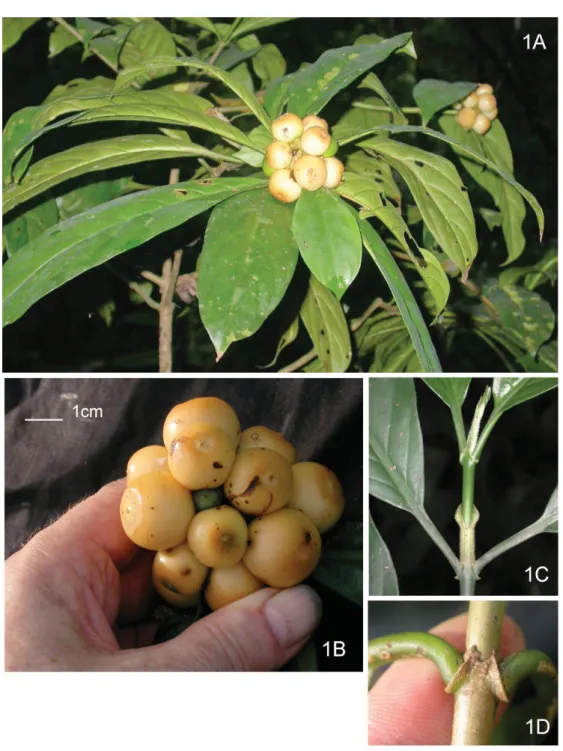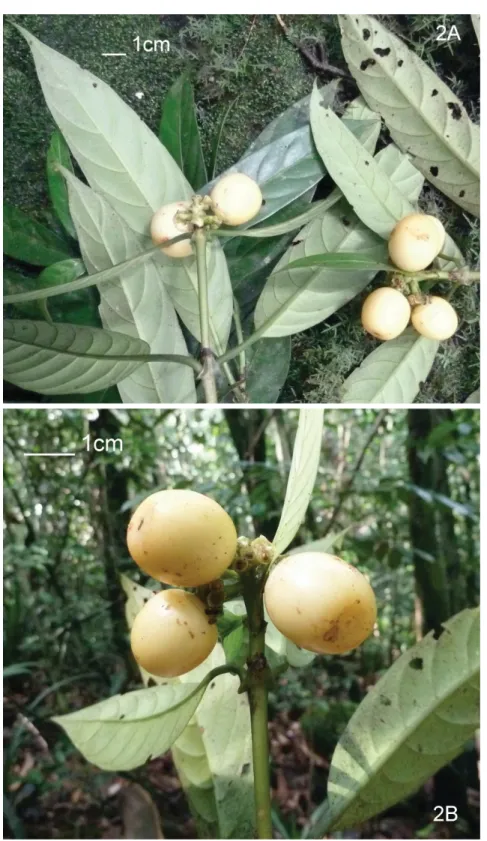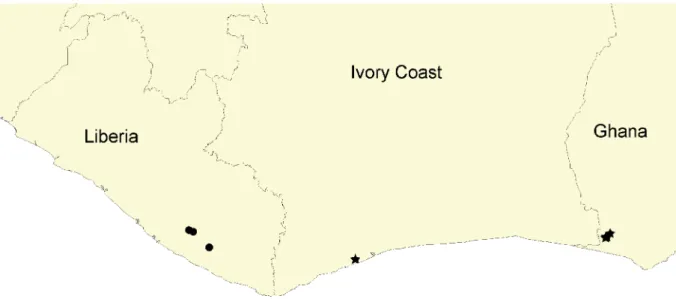Description of Gaertnera luteocarpa (Gentianales: Rubiaceae),with two subspecies, a new forest shrub species from Liberia,Ivory Coast and Ghana
Volltext
Abbildung



ÄHNLICHE DOKUMENTE
ZOBODAT - www.zobodat.at Zoologisch-Botanische Datenbank/Zoological-Botanical Database Digitale Literatur/Digital Literature Zeitschrift/Journal: European Journal of Taxonomy
Eugenia sapoensis Jongkind from Liberia and Eugenia breteleri Jongkind from Gabon, two new forest species Myrtales: Myrtaceae Carel C.H.. JONGKIND Botanic Garden Meise, Nieuwelaan
Ophiorrhiza erythropilosa is the third Philippine species possessing involucral bracts and is further characterized by its predominantly villose stems that appear red due to
Erséus (2015a): Revision of Cognettia (Clitellata, Enchytraeidae): reestablishment of Chamaedrilus and description of cryptic species in the sphagnetorum complex. Erséus (2015b):
The new genus has some characteristics common to Charimachilis (ocelli, terminalia and gonapophysis), but is very different, mainly regarding the unique shape of
Inner margin of fore and middle legs with the same type of bristles, occasionally slightly longer as on outer mar- gin (Figs. 38, 39); only several small pointed setae near distal
Though there is only one specimen of the OTU 7, but considerable differences are recognized between OTU 5 and OTU 7 in the high numbers of upper labials (9.50 vs. robustus) in
Side of body light brown with seven dark brown bars between posterior limit of cau- dal peduncle and posterior margin of opercle.. Trunk bars